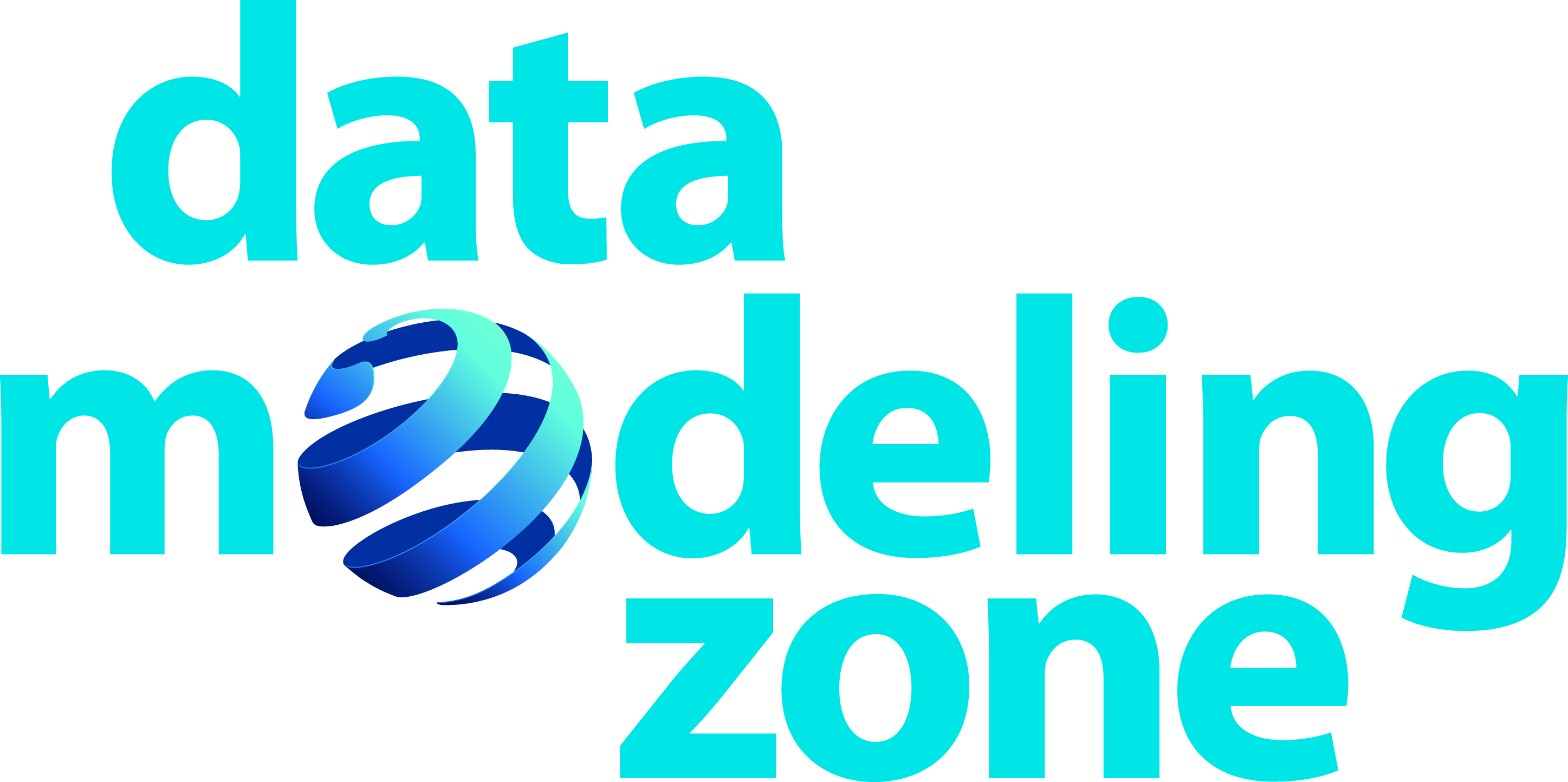OK, for those of you who just want to grab a promotion code... I'll make it short 😂:
TEDAMOH
As a speaker at both conferences I give you 15% on the DMZ EU and 20% on the DMZ US. You can register here.
For those of you who are also interested in what I'm going to talk about, a few more informations:
In Stuttgart (DMZ EU, full program (pdf)) and in Philadephia (DMZ US, full program (pdf)) I'll talk about "Managing Time in a Data Warehouse". Those of you who have known me for a long time know that this is one of my hobbyhorses. In Philly I'll also take you to the "Data Vault Journey".
I am really excited that I will and may speak at both DMZ conferences this year. I would be very happy to meet or get to know some of you at the conferences.
See my abstracts for the talks below.
So long,
Dirk
Managing Time in a Data Warehouse
“Over time, things change – things like customers, products, accounts, and so forth. But most of the data we keep about things describes what they are like currently, not what they used to be like. When things change, we update the data that describes them so that the description remains current. But all these things have a history, and many of them have a future as well, and often data about their past or about their future is also important.” – Tom Johnston
Today, most data warehouses already store the history of the data. But what about events that took place at a different time than what the data warehouse represents to us? Or data that will be valid in the future? For example, generally planned prices for products and goods in the future or special prices for discount battles around “Black Friday”.
The speaker will focus in this session on the method and techniques for storing bitemporal data in a Data Warehouse. He will show bitemporal basics for a better understanding of loading data as well as the concepts to develop SQL Queries to insert and update temporal data within a Data Warehouse.
What attendees will learn in this session:
- Basic bitemporal concepts
- Examples of data modeling a bitemporal Database Object
- Load bitemporal data into a Data Warehouse
- Examples of SQL Queries to insert and update temporal data
Data Vault Journey
This case study will explain how an organization used the Data Vault to create a data warehouse that was:
- more flexible,
- more agile,
- faster,
- and less complex.
During this case study workshop, you will become part of the data modeling team where you will learn the Data Vault basics and then apply what you learn to several real-world hands-on examples.

